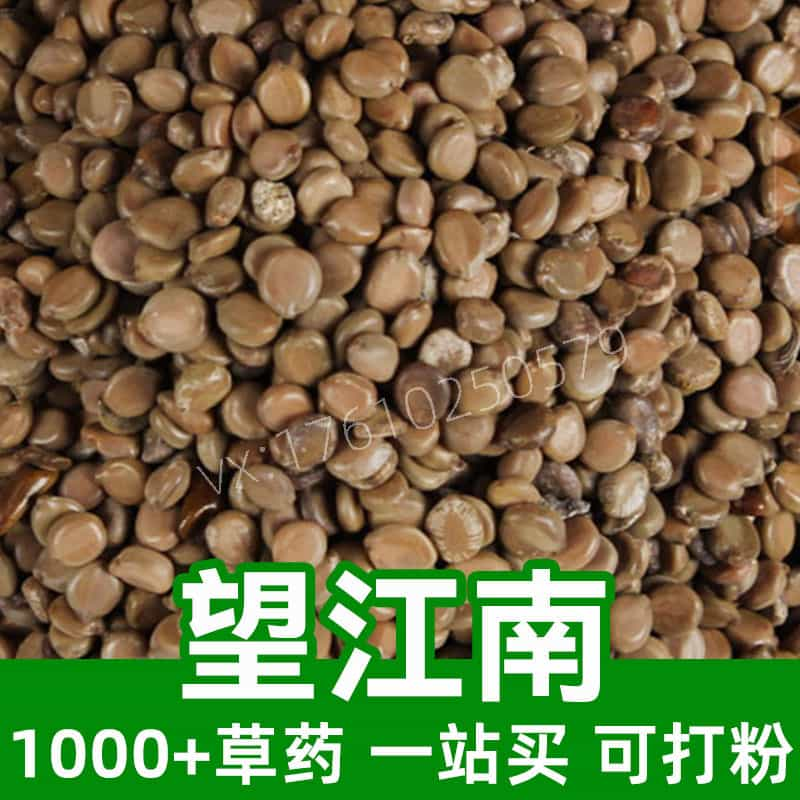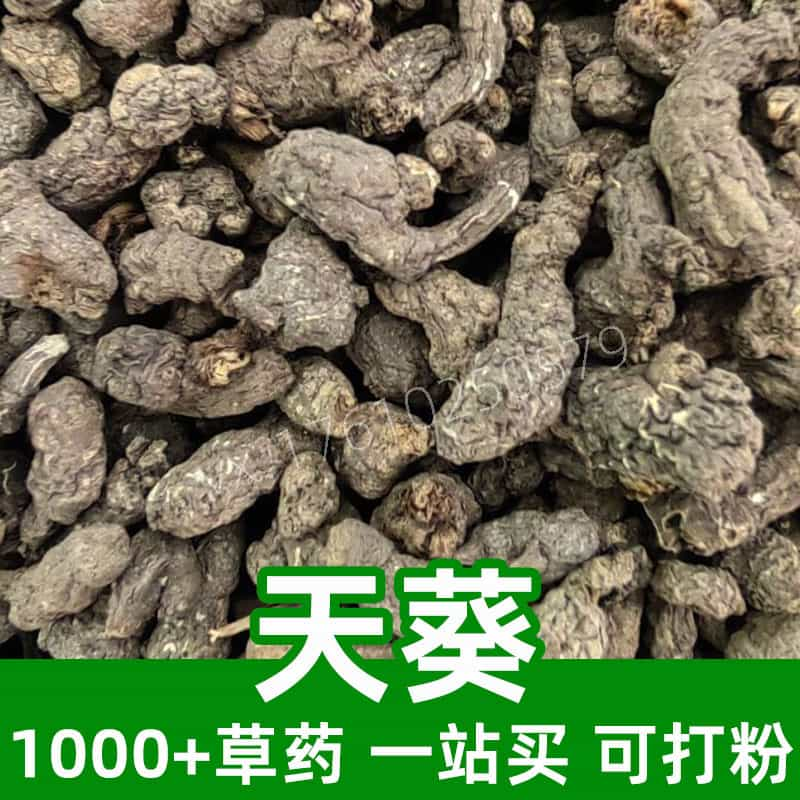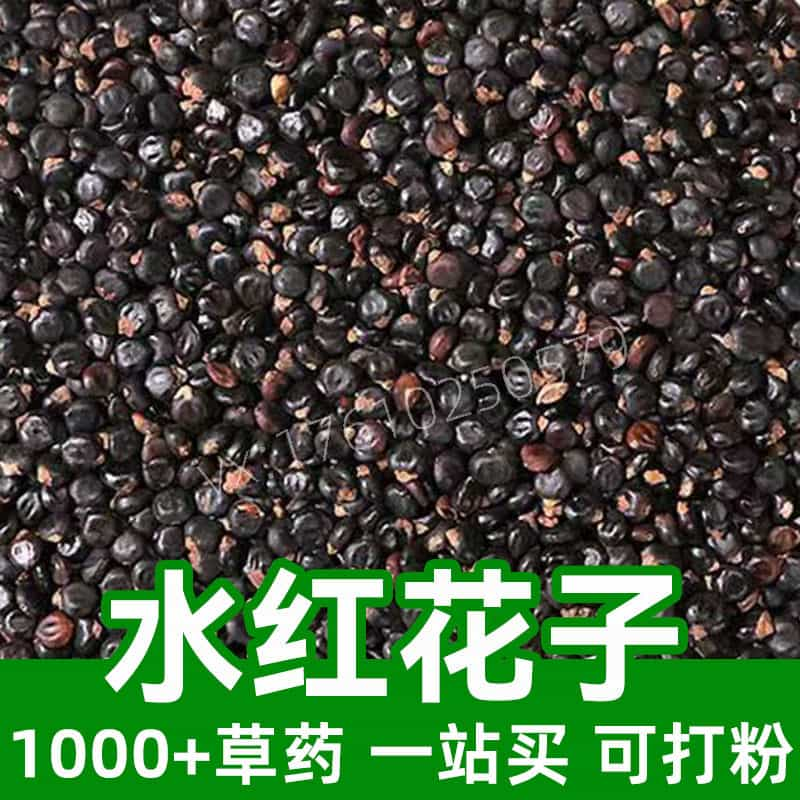Product Introduction
Camptotheca acuminata, commonly referred to as the Chinese Happy Tree or Cancer Tree, is a unique deciduous tree endemic to areas of Central and Southern China. Renowned for its potential medicinal properties, the tree has been utilized in traditional Chinese medicine for centuries. The significant active compound, camptothecin, is extracted from the bark and leaves of the plant, gaining attention for its unique chemical structure and biological activities. Camptothecin has been extensively studied for its anticancer properties and is known to inhibit DNA replication by interfering with topoisomerase enzymes. In traditional practices, Camptotheca acuminata is believed to support overall health by promoting balance within various body systems. The herb's bitter flavor is associated with its cleansing properties and enhances its traditional applications in detoxifying and purifying formulations.
Main Active Ingredients
The primary active ingredient in Camptotheca acuminata is camptothecin, a potent alkaloid that has been the subject of numerous studies due to its unique mechanism of action. Camptothecin works by inhibiting the enzyme topoisomerase I, an essential enzyme for DNA replication and repair. This inhibition leads to an accumulation of single-strand DNA breaks, consequently disrupting the replication and transcription processes in rapidly-dividing cells, which is a hallmark of cancerous tissues.
In addition to camptothecin, other compounds such as harmane and additional alkaloids are present in the plant, contributing to its complex biological profile. These components may work synergistically to enhance the overall therapeutic potential of the herb. The extraction process can influence the concentration and potency of these compounds, making high-quality sourcing and processing crucial for effective application. Recent re-evaluations of the plant's secondary metabolites also underline their potential antioxidant capabilities, adding an extra dimension to its traditional health benefits.
Product Application Scenarios, Usage, and Dosage
Camptotheca acuminata has various applications in both traditional herbal medicine and modern-day health practices. Traditionally, this herb is prepared in teas, tinctures, or herbal formulations, where its unique properties can be utilized. The bitter taste of the herb can stimulate digestive processes and is sometimes used in detoxification blends to enhance the body's natural cleansing mechanisms.
In contemporary herbal applications, supplements containing camptothecin are gaining popularity, particularly in the context of cancer support protocols. The dosage of camptothecin-containing extracts can vary widely, but typical ranges from herbalists suggest a concentration of about 20-100 mg of camptothecin daily, depending on individual health circumstances and needs.
It is important to consult with a qualified practitioner when using Camptotheca acuminata, especially in supplementation where dosage must be tailored to individual health profiles. This ensures safe and responsible use, considering the herb's potent properties.
Introduction to the Source Plant, Distribution, and Growth Environment
Camptotheca acuminata is primarily found in the subtropical and tropical regions of Asia, particularly in China. It flourishes in well-drained, fertile soils and can be commonly spotted growing in mixed forests and along valley slopes. The tree prefers a moist environment with abundant sunlight, allowing it to thrive and reach its full height, typically between 10 to 20 meters.
The ecological importance of Camptotheca acuminata extends beyond its medicinal uses. Its broad canopy provides shade and habitat for various understory plants and animals, indicating its integral role in maintaining biodiversity within its native habitat. The tree has also been successfully introduced in other countries, where it is cultivated for both commercial purposes and as an ornamental tree.
In terms of cultivation practices, Camptotheca acuminata requires moderate care, particularly concerning water management and soil fertility maintenance. Propagation usually occurs through seeds or cuttings, with an optimal growth season in spring and summer, aligning with the tree's requirement for warmth and moisture.
Harvesting, Processing, and Storage
Harvesting practices for Camptotheca acuminata vary based on the intended use of the plant material. Typically, the bark and leaves are collected during the growing season when the active compounds, particularly camptothecin, are at their peak concentrations. Sustainable harvesting methods are encouraged to ensure the longevity of the tree populations and the areas where they grow.
Once harvested, the bark and leaves undergo processing to extract camptothecin and other bioactive compounds. This involves drying the leaves and bark in controlled conditions to prevent degradation of the active ingredients. The dried materials can then be ground into powder or used in tincture preparations.
For optimal storage, processed Camptotheca acuminata should be kept in sealed, airtight containers in a cool, dry environment, protected from light and humidity. This preserves the herb's integrity and prolongs its useful shelf life, allowing consumers to benefit from its properties for extended periods. Properly stored, it can maintain its efficacy for several years, providing versatile applications in various herbal formulations and health products.
Monica Sun is a seasoned expert in the natural raw materials industry, with over a decade of experience specializing in traditional Chinese medicinal herbs, spices, and fungi. She is skilled in the sourcing, processing, and application of these materials, emphasizing sustainability and innovation. Monica Sun has contributed to the development of high-quality natural raw materials that serve as essential components in functional foods, pharmaceuticals, and cosmetics, delivering tailored solutions to meet diverse market needs.














